The President Signed the Covid-19 Relief Bill & 2nd Round of Stimulus Checks Coming
Article at a Glance:
- President Trump has now signed the new Consolidated Appropriations Act, 2021 into law.
- The new law includes a second round of recovery stimulus payments for individuals.
- Individuals and children (under age 17) are entitled to a $600 rebate if income is below a threshold amount.
- The phaseout thresholds are the same as those in the CARES Act for the first round of payments.
- The income thresholds are based on the AGI shown on the 2019 tax return.
- The recovery rebate payments should start to come about mid-January.
- This second round of recovery rebates will be part of the 2020 tax return.
Good news. The President signed the COVID-related Tax Relief Act of 2020 on December 27, 2020. The new law includes, in its almost 600 pages, the second round of recovery rebate payments.
Individuals and children (under age 17) are entitled to a $600 rebate if income is below a threshold amount. The recovery rebate payment is not available for: (1) a nonresident alien individual, (2) an individual eligible to be claimed as a dependent on another taxpayer’s return, even if the individual is not claimed as a dependent on that person’s return, (3) an estate or trust, or (4) a taxpayer who was deceased before January 1, 2020.
Note. Although there was a push to qualify the client’s college-age child for the recovery rebate payment, the new legislation does not allow a rebate for the adult-dependent child. A self-supporting college-age student may qualify for the $600 rebate
The phaseout thresholds are the same as those in the CARES Act for the first round of payments. The rebate starts to phase out when income exceeds $75,000 single, $112,500 head of household, and $150,000 married filing joint. The payment will be reduced $5 for every $100 by which the taxpayer’s AGI exceeds the applicable threshold amount. For example, a single person with an AGI of$87,000 will not receive the $600 rebate payment.
Note. The income thresholds are based on the AGI shown on the 2019 tax return.
If the client received a rebate payment during 2020, they will receive this second round. Caution, if the rebate was based on the 2018 AGI (the 2019 return wasn’t filed yet) and the 2019 AGI is higher, the phaseout may mean the client will receive a reduced payment or no payment.
Due date for rebate payments. The recovery rebate payments should start to arrive about mid-January. If the client had direct deposit information on their 2019 return (or they updated their bank information on the IRS website during 2020). Paper checks will probably be at least a month later— say mid-February 2021.
More good news. The IRS will use the 2019 tax return information to determine if the taxpayer is entitled to the $600 rebate. That means that we’ll be able to prepare the 2020 tax return on our normal schedule. There won’t be a clamor to hurry, hurry, hurry (no more than usual).
Not so good. This second round of recovery rebates will be part of the 2020 tax return. Even though the rebate may be paid to the taxpayer in 2021, reconciliation on the 2020 tax return will be required if your client qualifies for a larger rebate. For example, AGI is lower in 2020 than it was in 2019 because of the COVID-19 slowdowns and furloughs. Or a new baby born in 2020 qualifies the client for an additional $1,100 rebate credit ($500 for rebate #1 and $600 for rebate #2.)
Client letter. Are you already getting calls from your client on the new rebate? You are welcome to use the client letter included with this e tax alert “as is,” or as a base for other information, you need to communicate with your client.

